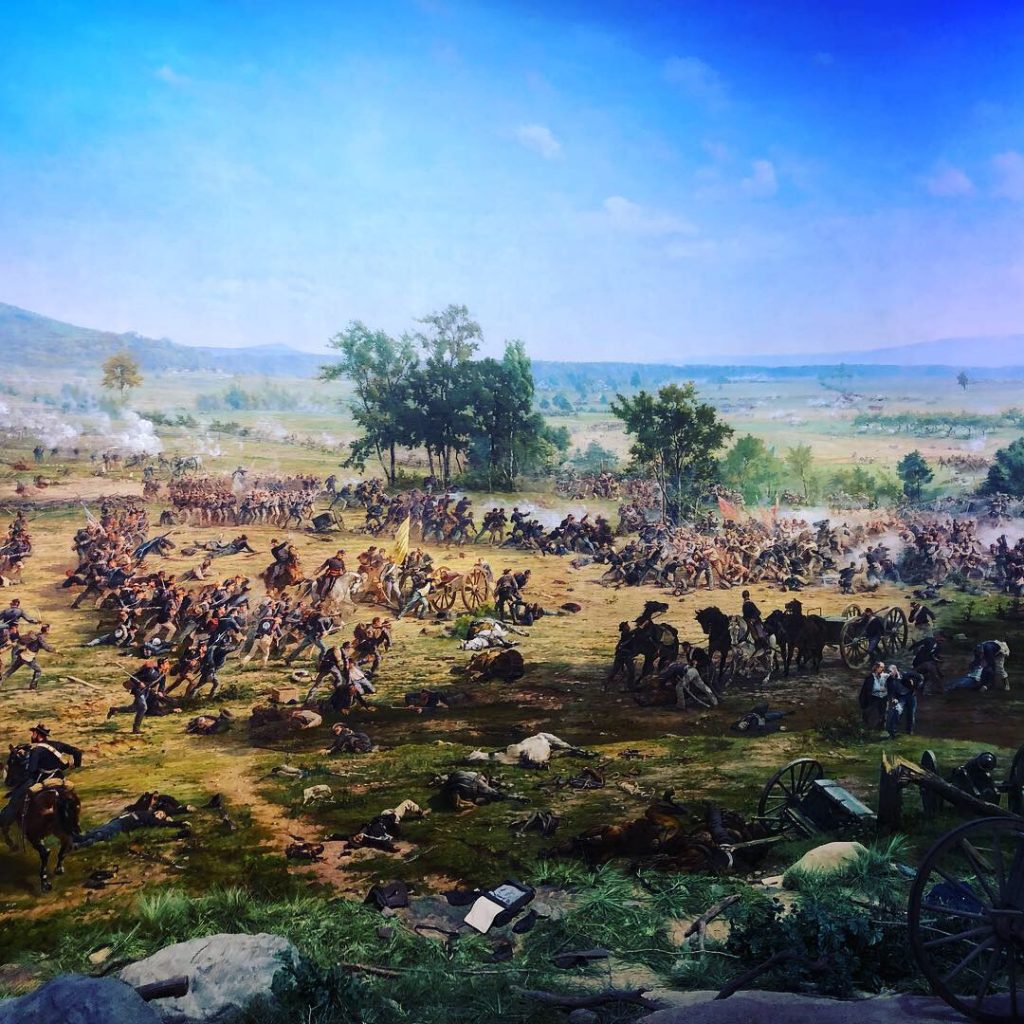
Upon the anniversary of the Battle of Gettysburg – fought during these three days of July in 1863 – I recall the story of former President Nixon’s great-grandfather who was among the soldiers who fought and died during historical this battle.
_________________________
The war-weary men of the 73rd Ohio Infantry Regiment had served almost half of their three-year enlistment by the time they had reached Gettysburg, Pennsylvania, on July 1, 1863.
At 41-years-old, George Nixon was one of the oldest members of his regiment, old enough to be the father of many of the group’s boys. In fact, Nixon and his wife, Margaret, already had a family of three daughters and six sons when he had mustered into the Army. Throughout his time in the Army, Nixon maintained a solid service record.(3)
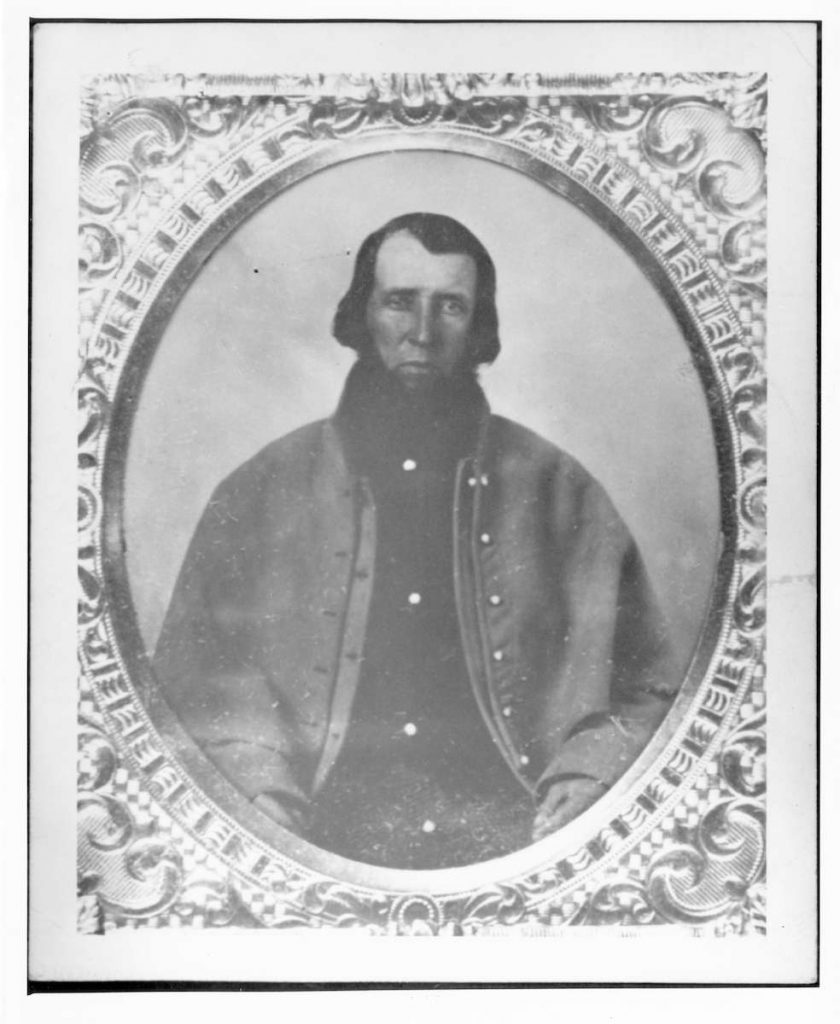
The Battle of Gettysburg began on July 1st with fighting north of the town on Seminary Ridge. Confederate troops penetrated the Union lines held on Seminary Ridge. As the engaged Union soldiers retreated through Gettysburg, the 73rd defended the west side of Cemetery Hill along Taneytown Road, preventing Confederate forces from taking the strategic location of Cemetery Hill, located south of town.
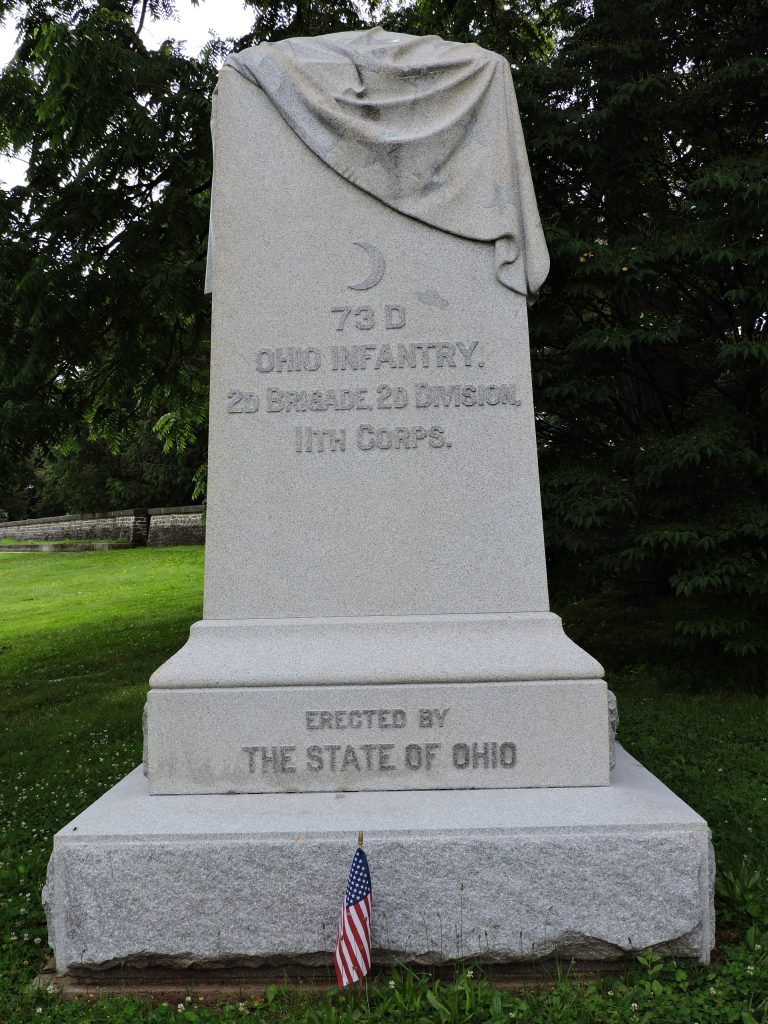
During the morning of July 2nd, Private Nixon and his company on Cemetery Hill skirmished with the Confederate soldiers stationed in Gettysburg, creating a “no man’s land” between them. During the fighting, Private Nixon was struck twice, in the right hip and the right side, and was trapped in the “no man’s land
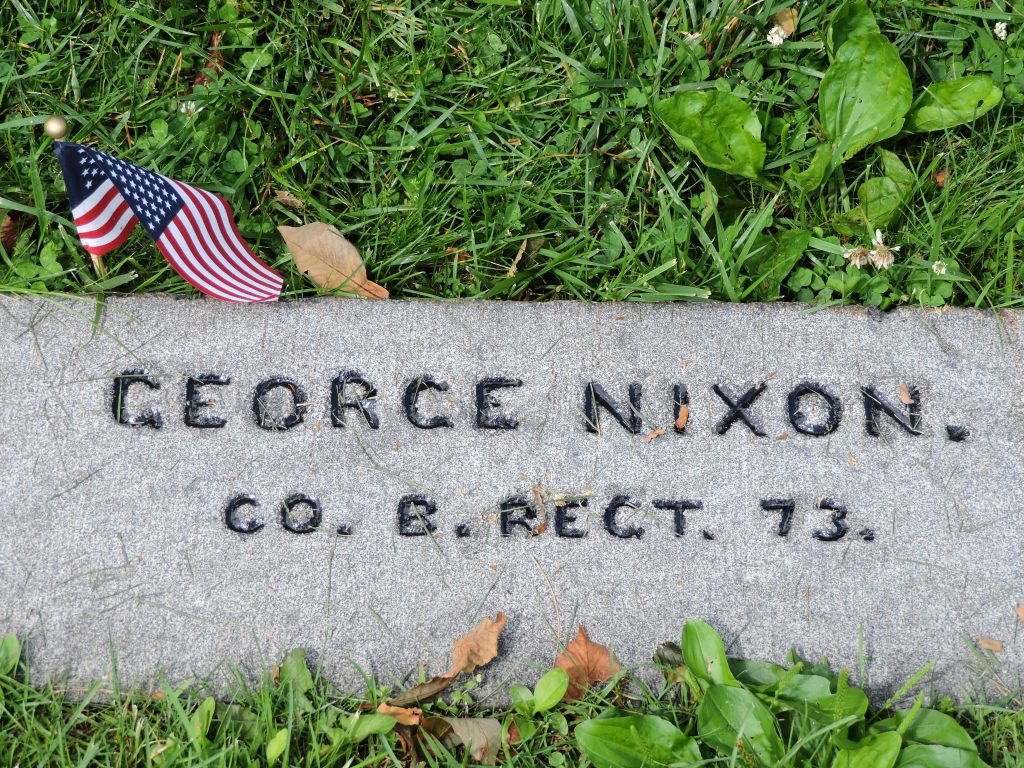
Immediately upon returning from his daring rescue, Enderlin received a promotion to Sergeant for his selfless actions. He then served for the duration of the war. Although he was wounded in the right foot during the Atlanta Campaign of the following year, Enderlin survived the war. Outside of the Nixon family, the world took little note, nor long remembered George Nixon and his death at Gettysburg until September 11, 1897, when Richard Enderlin received the Medal of Honor when he “voluntarily and at his own imminent peril went into the enemy’s lines at night and, under a sharp fire, rescued a wounded comrade.”(4)
Almost a century after the Civil War, George Nixon was connected with a new chapter of American history. In November 1952, Dwight Eisenhower was elected president with Richard Nixon, George’s great-grandson, as his vice president, who would himself later become the 37th President of the United States. During Richard Nixon’s numerous visits to Gettysburg and the Eisenhower Farm (at least 12 times during Eisenhower’s second term alone), he would often stop to pay his respects to his great-grandfather who had given his life in service to his country.(5) Some of these visits would be private, but others were publicized. During a trip to George Nixon’s grave on July 1953, the National Park Service photographed Vice President Nixon and others laying flowers at his great-grandfather’s marker. This photograph first appeared with an article written for The Gettysburg Times when President Nixon passed away in 1994. These pictures of Richard Nixon at his great-grandfather’s gravesite remind us that history is more than dates, names, and places – it’s about our ancestors who connect us to the past.
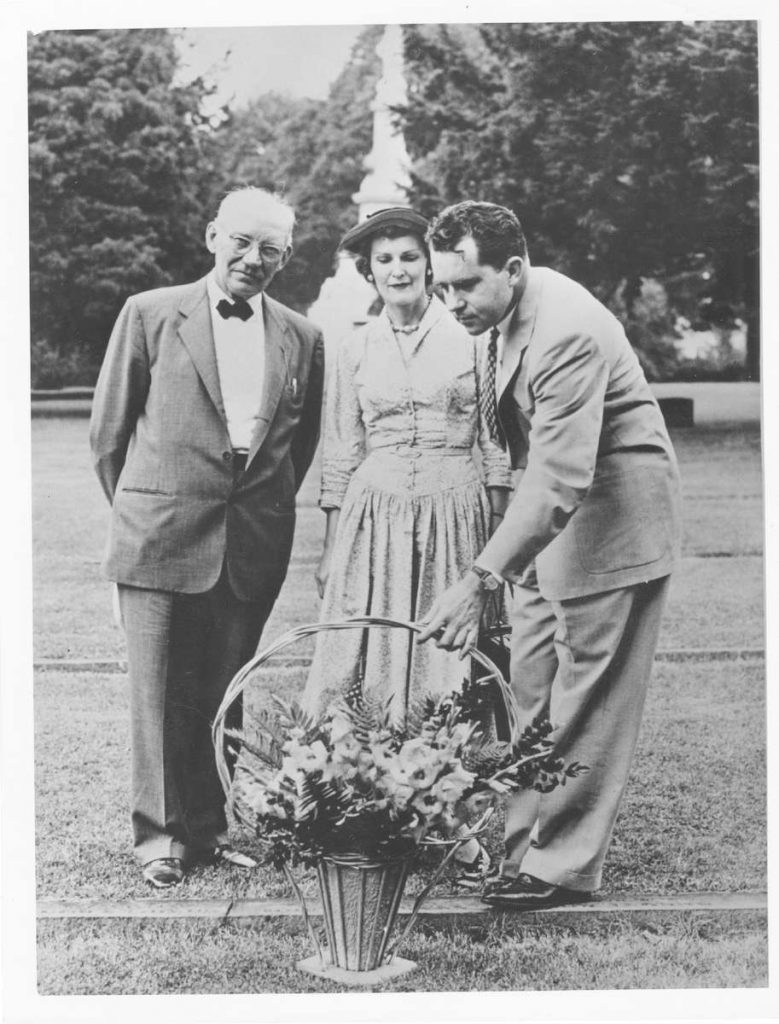
_________________________
Special thanks to the Adams County Historical Society, the Gettysburg National Military Park and the Richard Nixon Presidential Library and Museum for their assistance in writing entry.
1 “73rd Ohio Regiment Infantry.” Civil War Index, 2010, civilwarindex.com/armyoh/73rd_oh_infantry.html
2 Heiser, John. “Re: [EXTERNAL] Richard Nixon’s visit to great-grandfather’s grave.” Received by Joseph Lankard. 26 June 2019.
3 “Margaret Ann Trimmer Nixon.” Find a Grave, 2011, www.findagrave.com/memorial/80619403/margaret-ann-nixon
4 Richard Enderlin. Wikipedia, 2019, en.wikipedia.org/wiki/Richard_Enderlin
5 Neil, W. “Nixon’s Gettysburg visits traced at Eisenhower Farm.” The Gettysburg Times. 27 Apr 1994.
I was there in 1953 with my family and got Vice President Nixon’s autograph which I still have. We were on our family summer vacation.
That is interesting! The “Second Family” was so approachable back then. I don’t believe they traveled with Secret Service agents there. Now, necessary security demands block many personal interactions.
Thank you Mr. Solberg for adding your memory of meeting Vice President Nixon in Gettysburg. I think you won bragging rights throughout your school for having the best summer vacation that year!